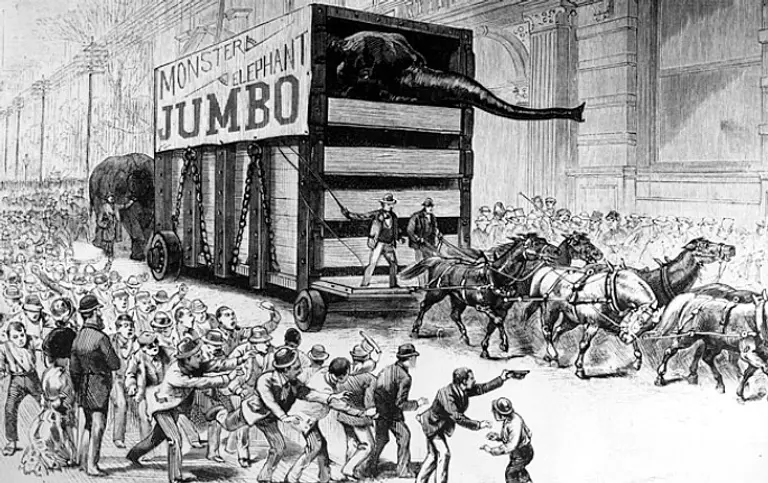BLOCKS NYC Explores Greenwich Village From Bob Dylan to The Ramones in Coloring Book Pages
Find out how you can help

South Beach in 1899 © NYPL Digital Gallery
Have you ever wondered if someone famous used to live in your building? Or what architect built it? What about more dramatic things, like police activity and rat infestations? Verifying these facts–who once lived at your address, whether or not it was ever the scene of a crime, past construction work and violations, and its […]
The New York City artist’s loft is arguably among the most romanticized and coveted living spaces in the world. It has been used as a backdrop for avant-garde films by Andy Warhol, the central scene of a musical (yes, we’re talking about Rent), and more recently, as the focus of several museum shows (for example, the […]

Image via creative commons by Mark Hout
If visiting Coney Island has long been on your list of NYC to-dos, this weekend might be the best weekend to head down to the famed beach and boardwalk. On top of what will be gorgeous weather, per the Coney Island Blog, the amusement park’s iconic wooden roller coaster will be offering FREE rides to 89 thrill-seekers. The roller […]

Photo via Wiki Commons

Image of WWP via Macklowe Properties

Image via Library of Congress